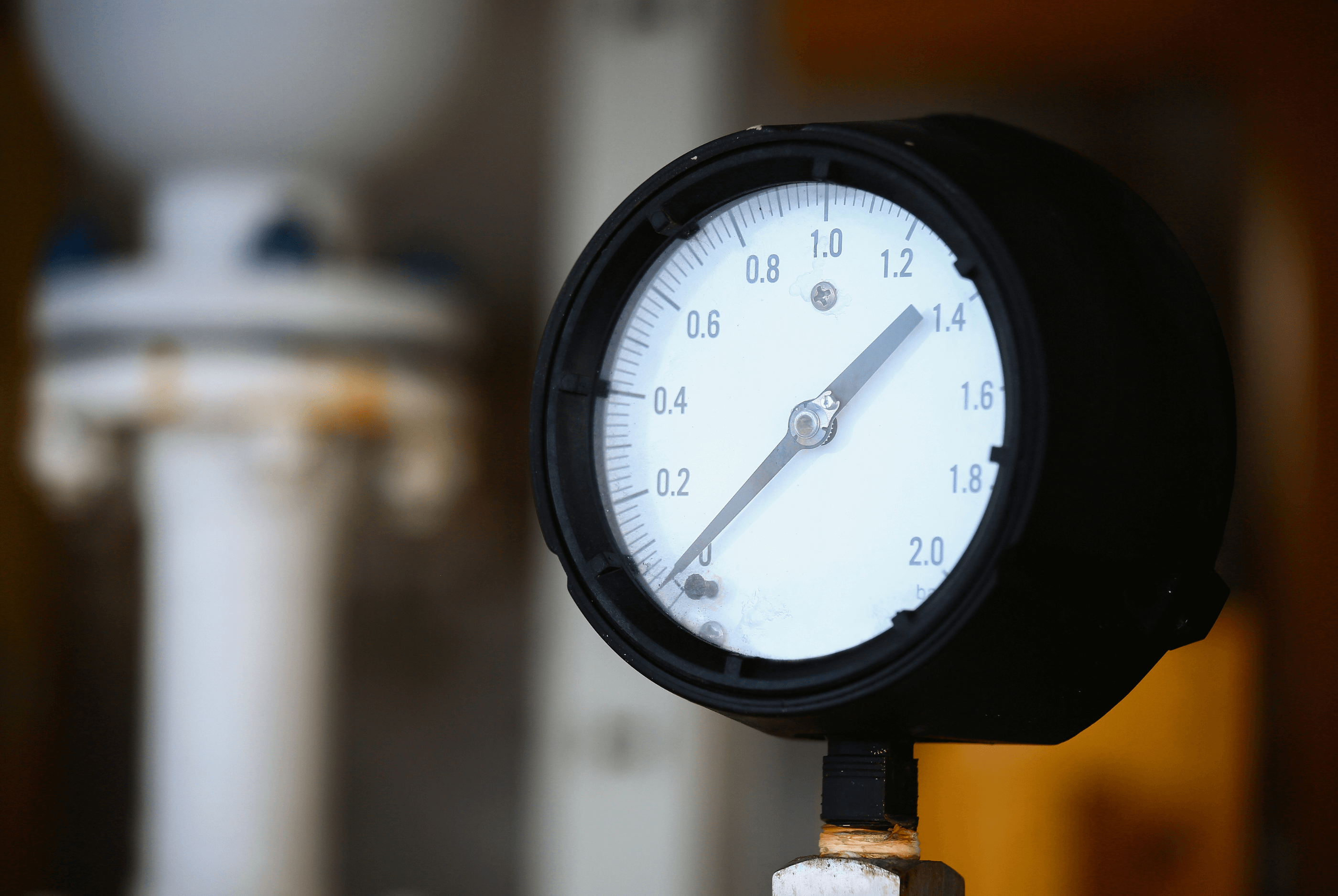What is a Linearity Check?
The U.S. Environmental Protection Agency (EPA) requires that facilities operating under 40 CFR Part 75 regulations must conduct quality assurance/quality control (QA/QC) procedures for continuous emissions monitoring systems (CEMS). These procedures include daily assessments (e.g. calibration error tests), quarterly assessments (linearity checks), and semi-annual or annual relative accuracy test audits (RATAs).
A linearity check is typically part of the quarterly QA/QC activities performed by a plant. A plant must also perform a linearity check as part of CEMS initial certification and as part of recertification procedures. Linearity activities determine whether the response of a gas monitor is linear across its range. As opposed to a daily calibration check which only performs at a zero and one span value, a linearity check is performed at three concentration levels with three runs per level (low, mid, high); typically, the gases are cycled through the system in a “low, mid, high; low, mid, high; low, mid, high” pattern. If the average linearity error calculated at each level must be less than or equal to 5.0% to pass a linearity check.
No adjustments to the CEMS may be made during the entirety of a linearity check – if an adjustment is made, the EPA considers this a failed linearity check. If a CEMS fails a linearity check, the analyzer is out of compliance until the corrective actions are taken and the test is passed.
How To Perform a Linearity Check
Linearity checks are required after a CEMS unit has operated at least 168 clock hours in a calendar quarter — this means they may need to be performed more frequently than just once a quarter. It is important to be prepared for scheduled linearity checks. Some ways to successfully perform a linearity check include:
- Reviewing your in-house QA/QC procedures for performing linearity checks.
- Scheduling linearity checks at least 30 calendar days apart, if possible.
- Verifying that you have the correct blend of gas cylinders needed to perform your facility’s linearity check (this differs per facility).
- Making sure you have enough gas in each cylinder to allow 6-7 linearity runs per concentration per unit (extra for trial before recording the test), and afterwards that you have enough to perform your next-day daily calibration.
- Ensuring the emission source that the CEMS is analyzing is in service (combusting fuel and producing steam or electricity) the entirety of the linearity check.
- Starting each run after the data system has recorded minute data in the first two clock quadrants. A properly executed linearity can be successfully completed in three hours, and still have valid hourly averages based on collecting two data points per hour during a QA check.
- Remembering CO monitors are not found under Part 75 regulations/reporting. If you perform a linearity check on a CO monitoring system, do not include it in the EDR file.
Let Us Help You with Your Quarterly Linearity Activities
StackVision™ makes organizing your quarterly QA/QC activities easy. Simply generate and review a QA Test Deadlines Report on the Homepage of StackVision before your linearity check and use the Linearity Editor to record test results and generate EDR reports. Keep your linearity data secure by using the Data Locking Wizard in StackVision’s Tools menu. We are happy to answer questions or provide more information. Contact us to learn more about StackVision.


